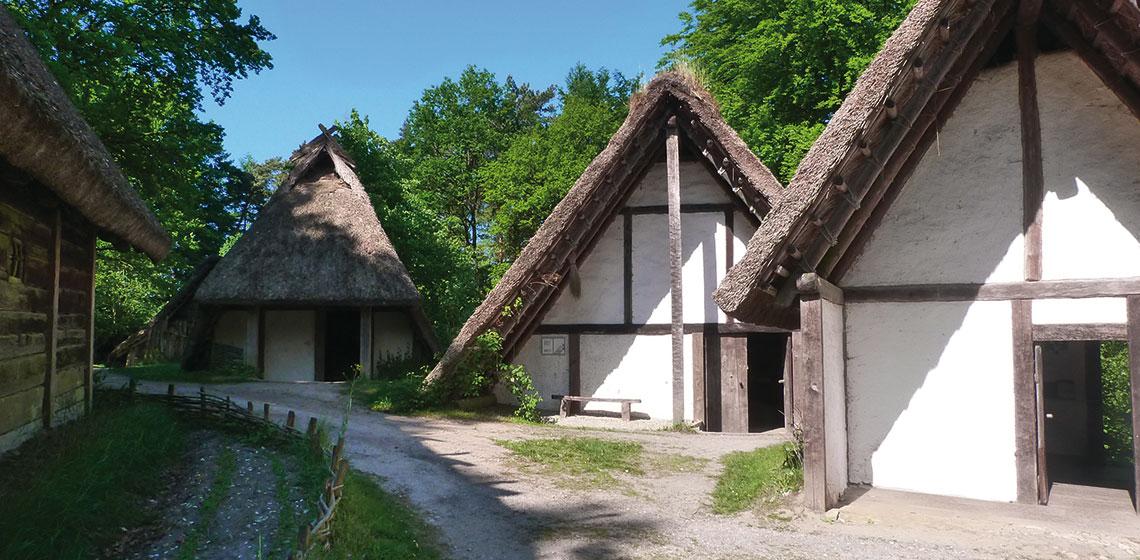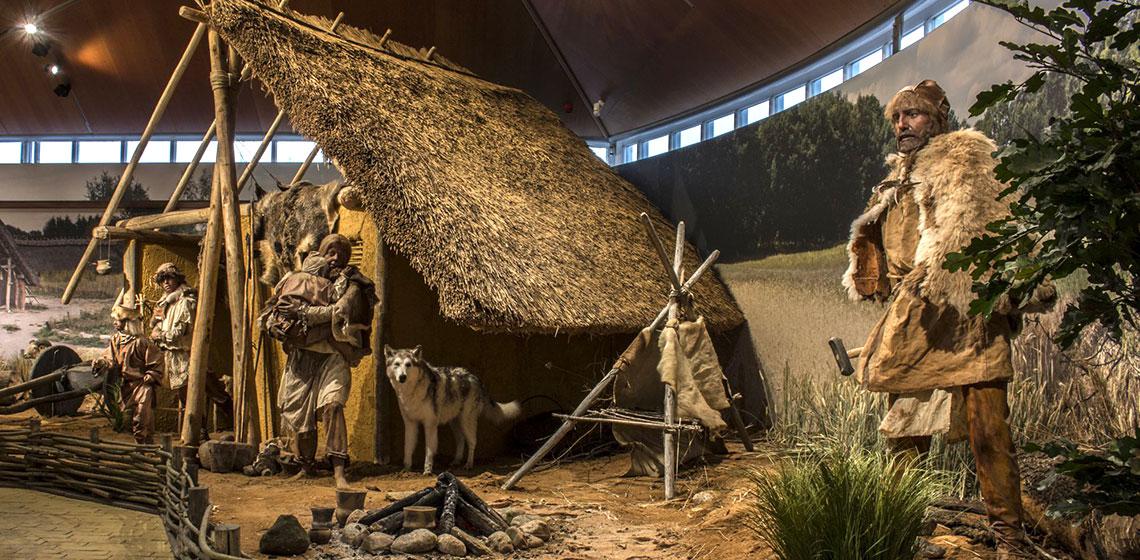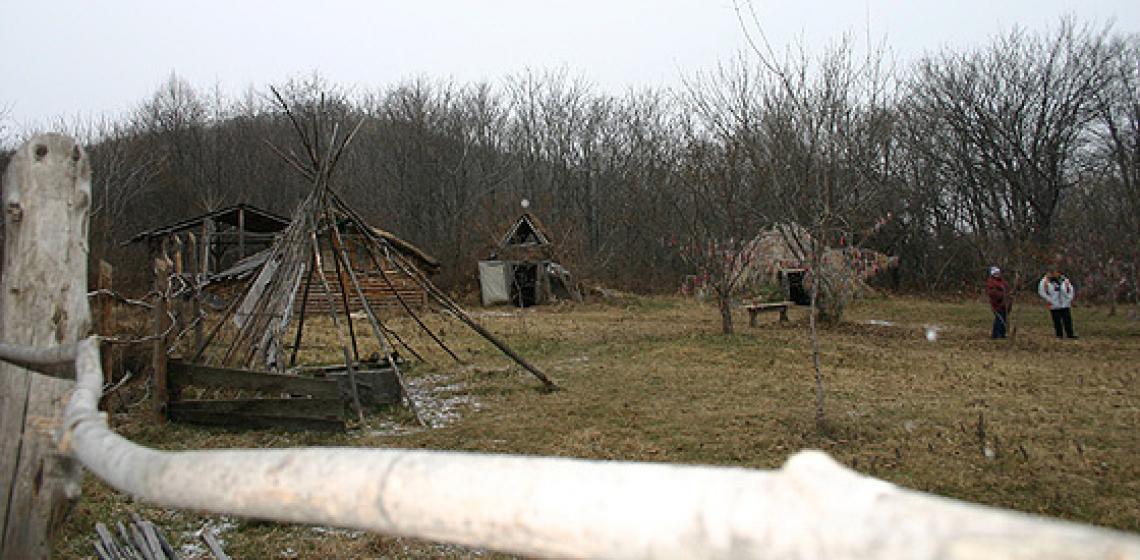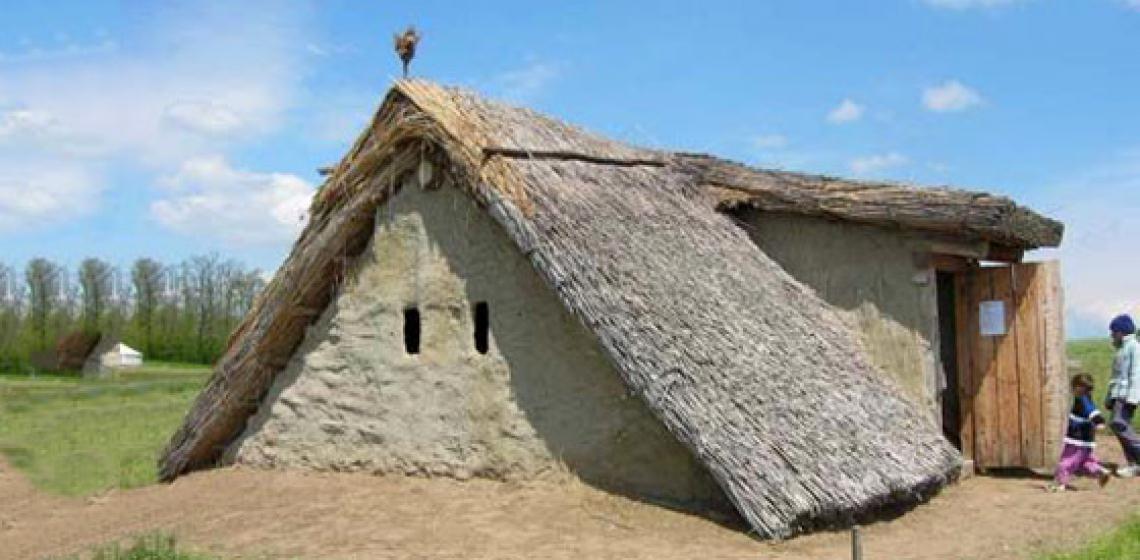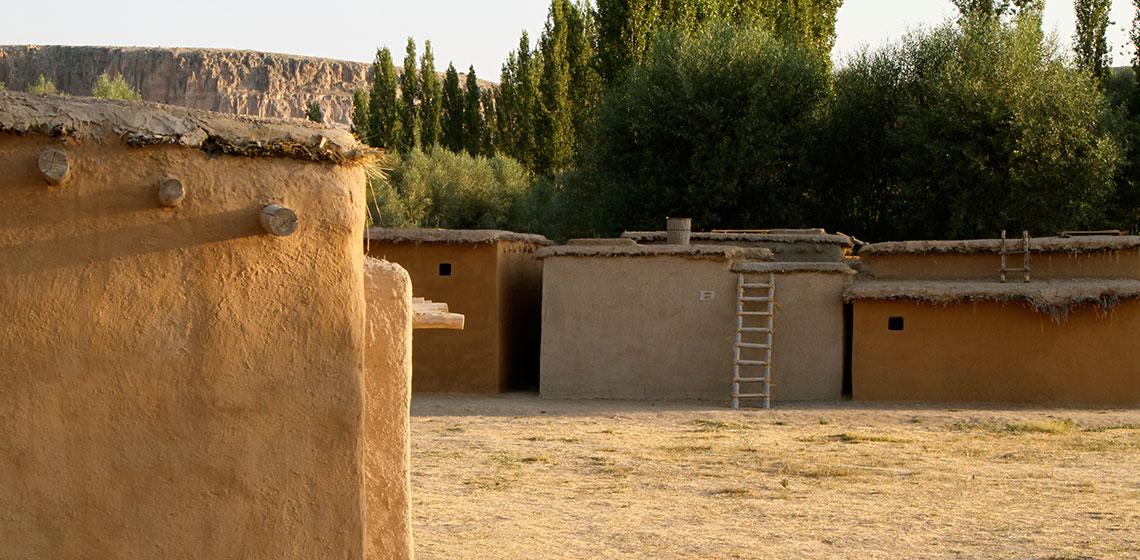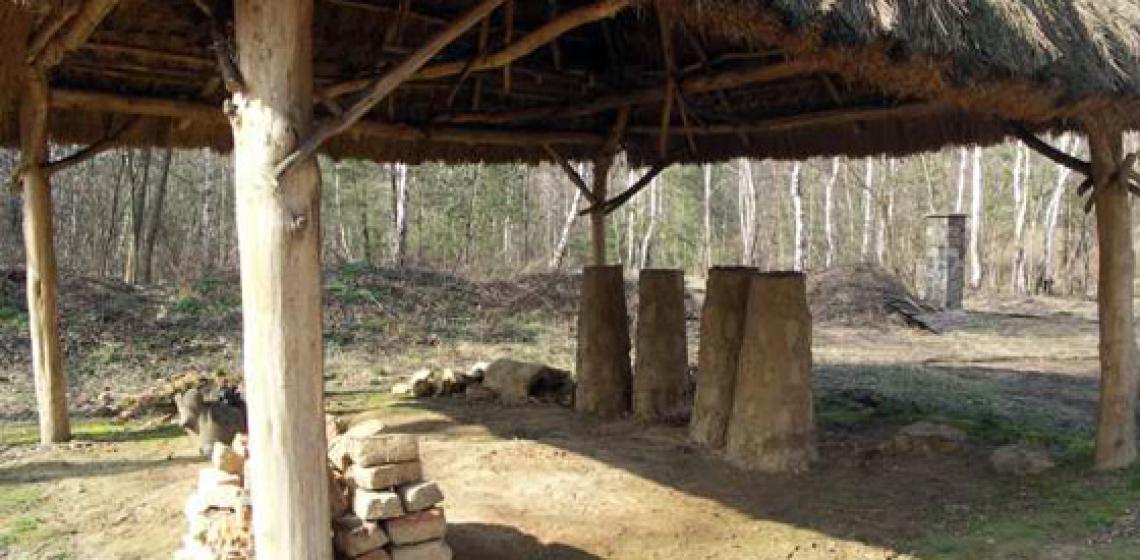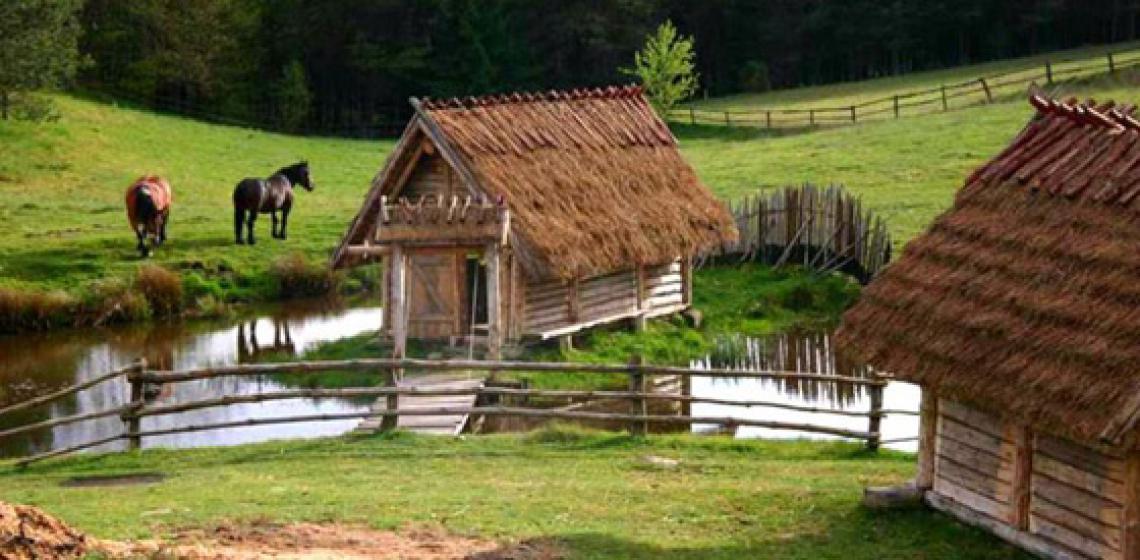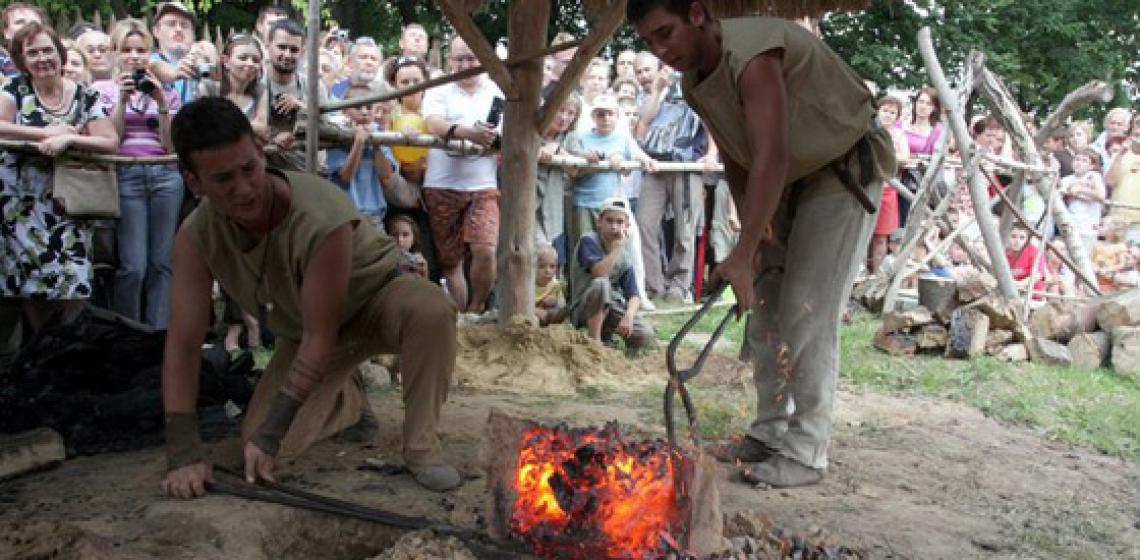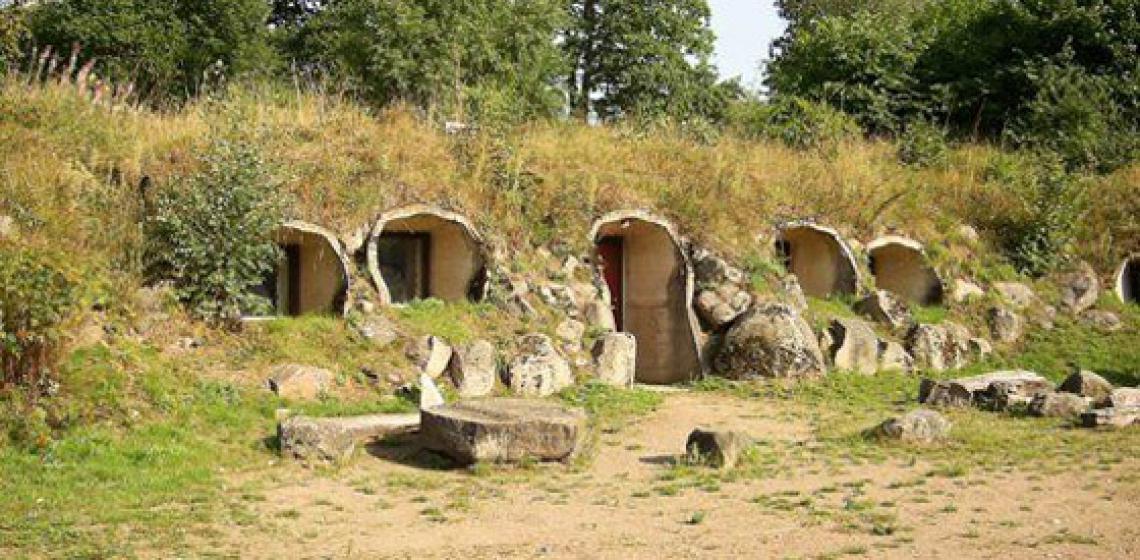Archeon (NL)
After 15 years of preparation, 1994 the first Dutch archaeological theme park opened in Alphen aan den Rijn, not far from The Hague, Utrecht and Amsterdam, an area which houses 6 million inhabitants. Archeon covers 10,000 years of human development in the Netherlands. From hunter-gatherers in the Stone Age and farmers in the Bronze and Iron Ages, through the Roman period and right up to everyday life in 1340 AD, “Archaeo-interpreters” show what life was like in “their time” in the 43 reconstructed buildings
Founded in 1994, Archeon covers 10,000 years of human development in the Netherlands. From hunter-gatherers in the Stone Age and farmers in the Bronze and Iron Ages, through the Roman period and right up to everyday life in 1340 AD, “Archaeo-interpreters” show what life was...


